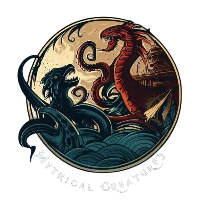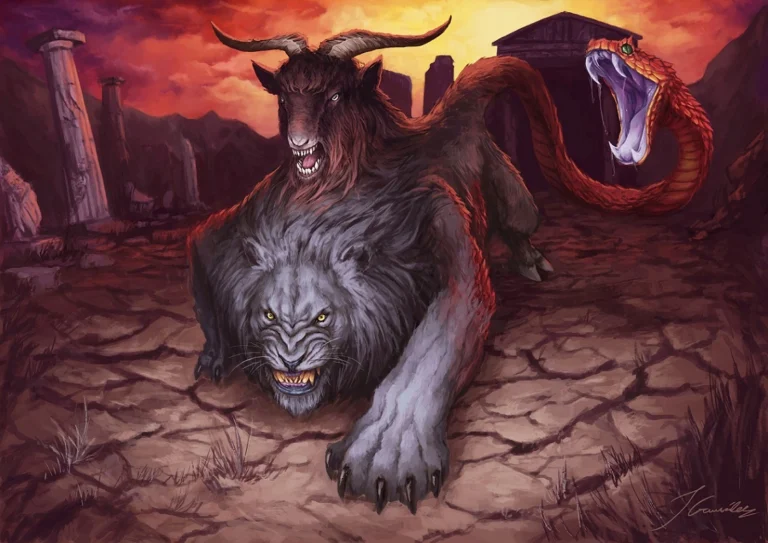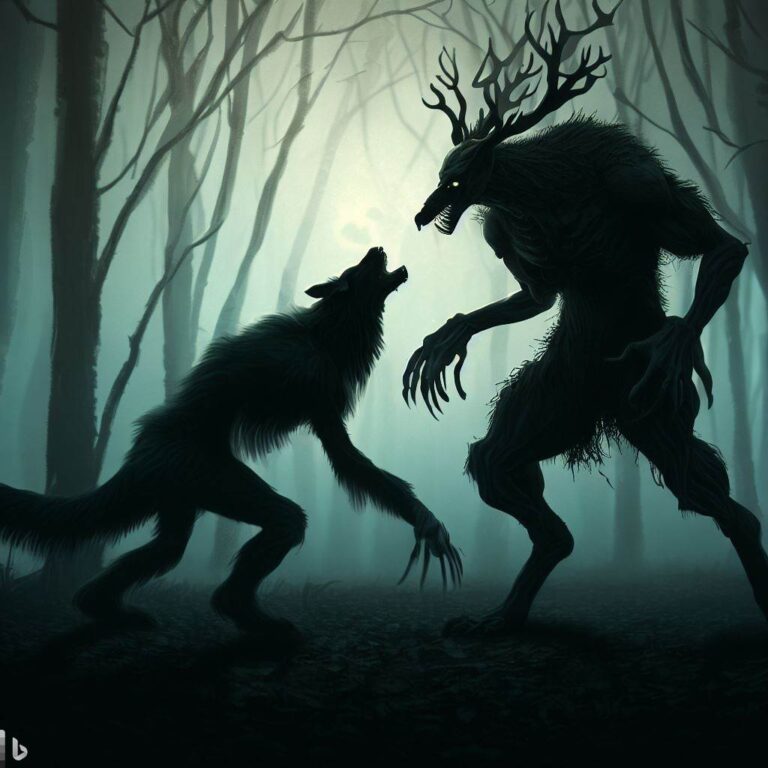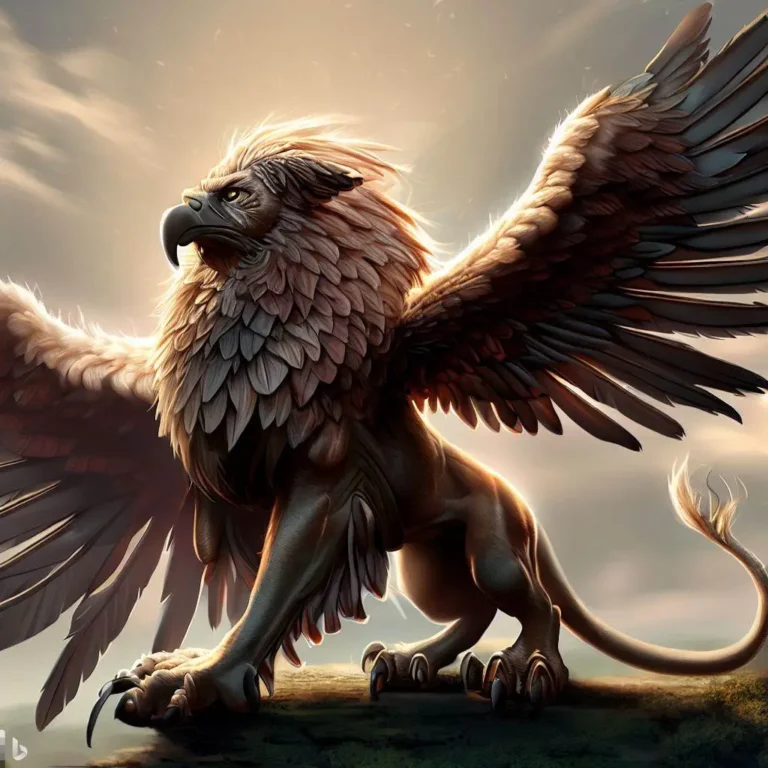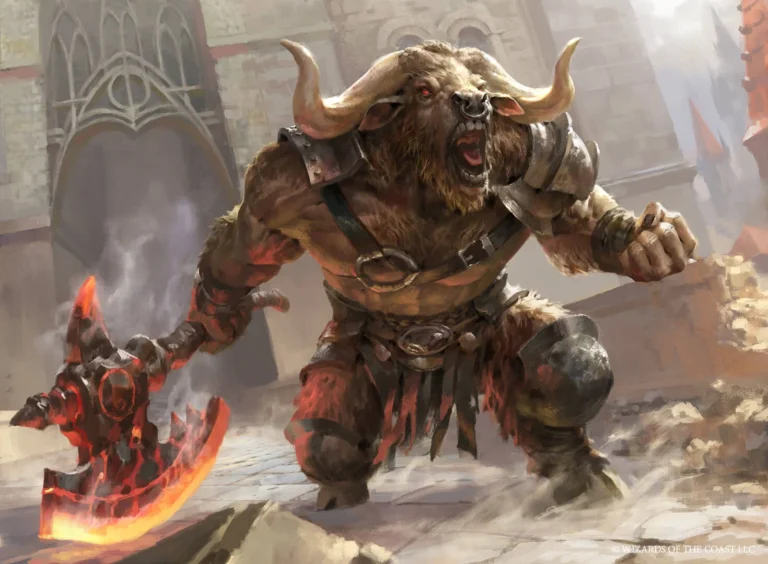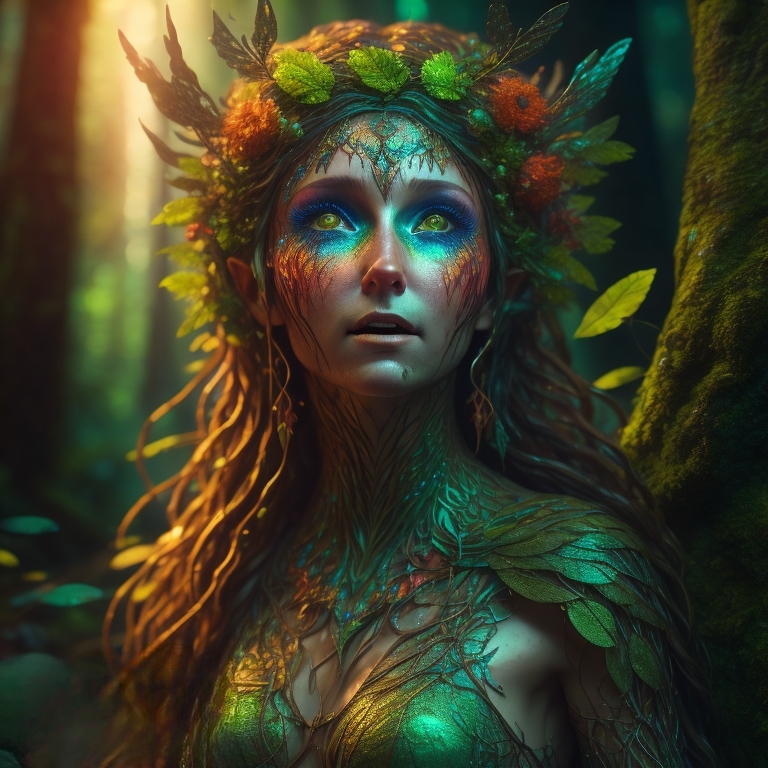
Nymphs are minor female deities in Greek mythology who represent various aspects of nature. The name “nymph” comes from the Greek word “nymphē” meaning “bride” or “young woman.”
In modern usage, the term nymph has come to refer to beautiful young women.
There are several main types of nymphs including Oceanids, sea nymphs; Nereids, sea nymphs specifically in the Mediterranean sea; Naiads, freshwater nymphs of rivers, lakes, springs and fountains; Dryads and Hamadryads, tree and forest nymphs; and Oreads, mountain nymphs.
This article will explore the characteristics, roles, and prominent stories of nymphs in Greek mythology and culture, with a particular focus on the Oreads.
Characteristics of Nymphs
Nymphs are consistently depicted in literature and art as young, beautiful maidens. They were typically portrayed as nude or semi-nude in ancient Greek art.
Nymphs were considered immortal, but some were bound to specific places or even objects. For example, Dryads and Hamadryads were linked to specific trees – if the tree died, so would the nymph.
Nymphs can be compared and contrasted with other female mythological beings including immortal goddesses, seductive sirens, frenzied maenads, and monstrous creatures like gorgons and harpies.
Unlike powerful goddesses, nymphs held a lower divine status. But they had more autonomy than mortal women. Nymphs interacted with gods, heroes, and mortals in a variety of ways.
They could be lovers, mothers, helpers, or sometimes enemies.
Roles of Nymphs in Greek Mythology and Culture
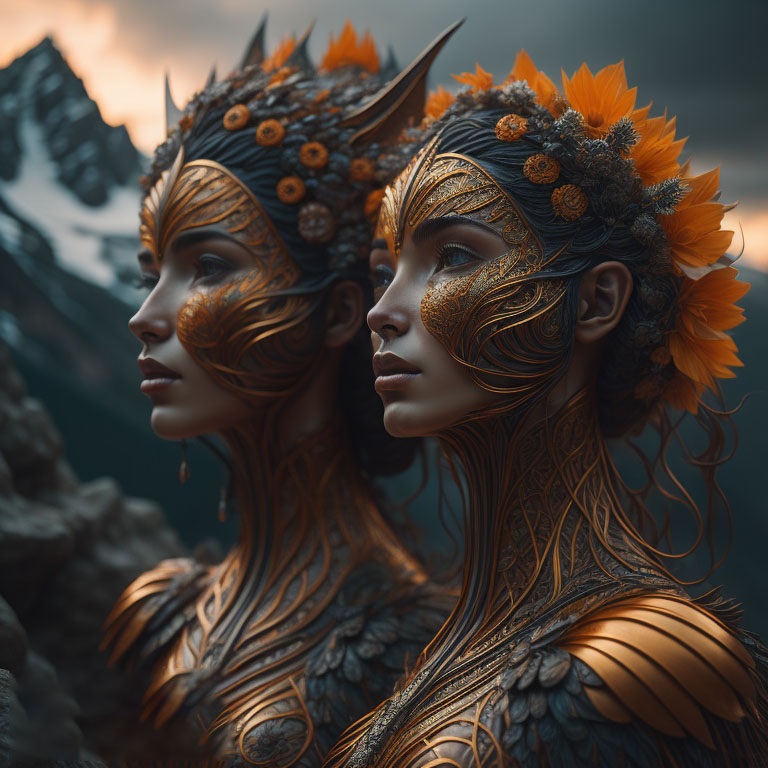
Nymphs feature prominently in many Greek myths involving the major gods and heroes. For instance, the sea nymph Thetis was the mother of the great hero Achilles.
The nymph Calypso detained the hero Odysseus on her island for many years.
And the mountain nymph Echo tragically fell in love with the vain youth Narcissus.
Some other famous nymphs from Greek mythology include:
- Arethusa – A naiad who was transformed into a spring by Artemis to escape the river god Alpheus.
- Daphne – A nature nymph pursued by Apollo. She was transformed into a laurel tree.
- Syrinx – A naiad who was turned into hollow water reeds to escape the lustful god Pan.
The stories of nymphs like these had multiple symbolic meanings related to sexuality, fertility, mortality, and humanity’s connections to the natural world.
Nymphs also represented beauty, grace, and inspiration. In ancient Greek religion, nymphs were worshipped as the spirits of specific natural landmarks.
People made offerings to them in hopes of favorable weather, good harvests, and healthy children.
Artists and authors through the ages have continued to represent nymphs in various creative works. Notable examples include sculptures like Nymph of Fontainebleau, paintings like Hylas and the Nymphs by John William Waterhouse, poems like Keats’ “Ode to a Nightingale,” ballets like La Source, and operas like Rusalka.
Different Types of Nymphs in Greek Mythology
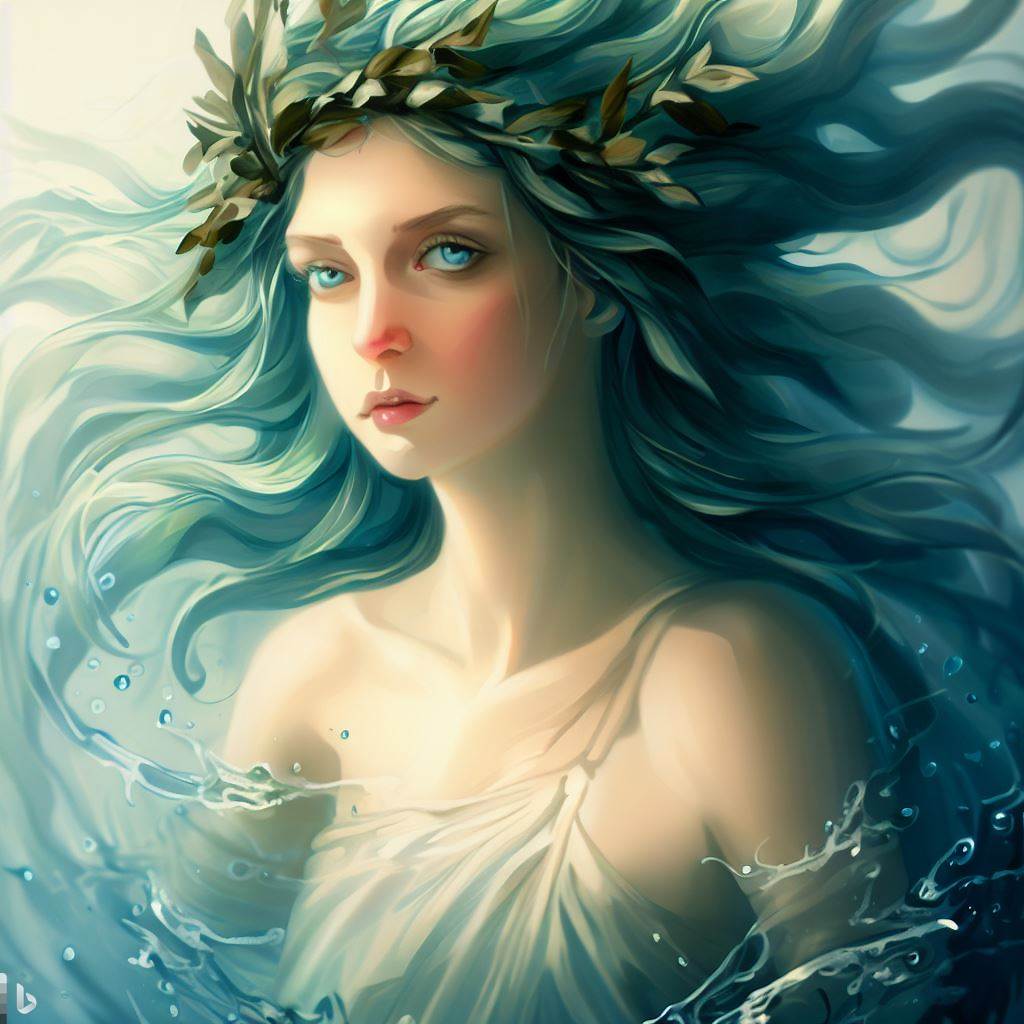
Some of the major categories of nymphs include:
- Oceanids – Sea nymphs daughters of the Titans Oceanus and Tethys
- Nereids – Sea nymphs dwelling in the Mediterranean
- Naiads – Freshwater nymphs of springs, rivers, and lakes
- Oreads – Mountain nymphs
- Dryads – Tree nymphs of forests and groves
- Meliae – Ash tree nymphs born from the blood of Uranus
Underworld Nymphs
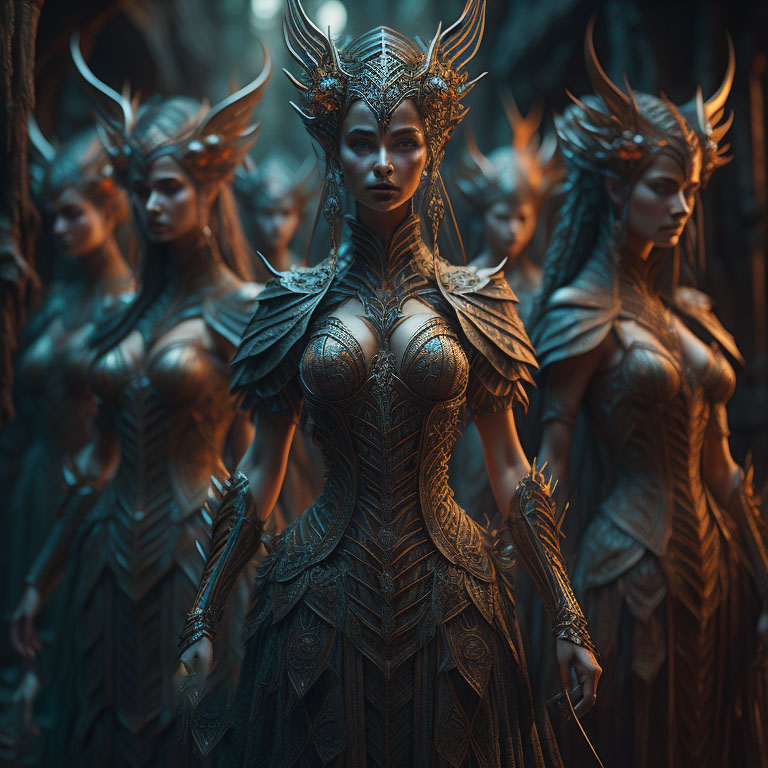
Unlike most nymphs who embodied aspects of the living natural world, underworld nymphs were linked to the realm of Hades and the dead. Underworld nymphs include:
Leuce – Ghostly nymphs of the White Poplar trees near the entrance to Hades.
Makariae – Blessed nymphs of the Elysian Fields where heroes and virtuous souls lived after death.
Melinoe – A goddess nymph with one black and one white body representing the transition from life to death. She induced nightmares and madness.
Moon Nymphs
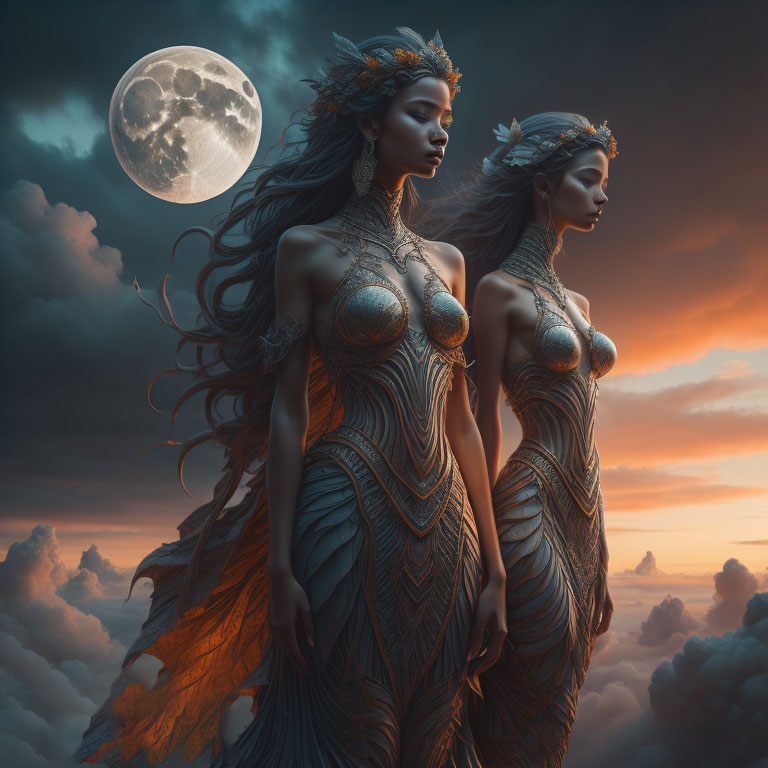
Selene, the Titan goddess of the moon, was the mother of the Selenides, lunar nymphs who represented the cycles of the moon. These included:
- Pandia – the full moon. Daughter of Zeus and Selene.
- Ersa – the dew moon
- Iocaste – the new/crescent moon
Pasiphae, another moon goddess, gave birth to the Pasiphaes, nymphs presiding over spells and witchcraft.
SKY & STAR NYMPHS
- .AURAI (Aurae) were nymphs of cool breezes. They were described as daughters of either Okeanos (Oceanus, the World-Stream) or Boreas (the North Wind).
- HESPERIDES (Hesperids) were the nymphs of sunsets. They were daughters of Hesperos, the evening star.
- ASTERIAI (Asteriae) were nymphs of the stars. Most were daughters of the Titan Atlas including the Pleiades and Hyades, both of which were also classed as Oreiades (Mountain-Nymphs).
Cloud Nymphs
The three cloud nymphs, daughters of the Titan Pallas and the Oceanid Styx, were:
- Nephele – the cloud nymph of Mount Olympus who mothered the Centaurs and Phrixus
- Phosthonia – the harbinger of summer storms and rains
- Kleodora (or Clouds) – the mother of the Centaurs’ siblings by Zeus, indicating the rainclouds’ power to disrupt the clear sky.
Male Nymphs
Most nymphs were female, but rare examples of male nymphs also existed:
Corymbus – A male Naiad born when a nymph was embraced by Poseidon in the form of another river deity.
Kephisos – A male Potamoi river god counted among the nymphs.
Caanthus – A handsome young Naiad loved by Apollo. The god made him into the flower called Canterbury Bells.
Oreads: Mountain Nymph of Greek Mythology
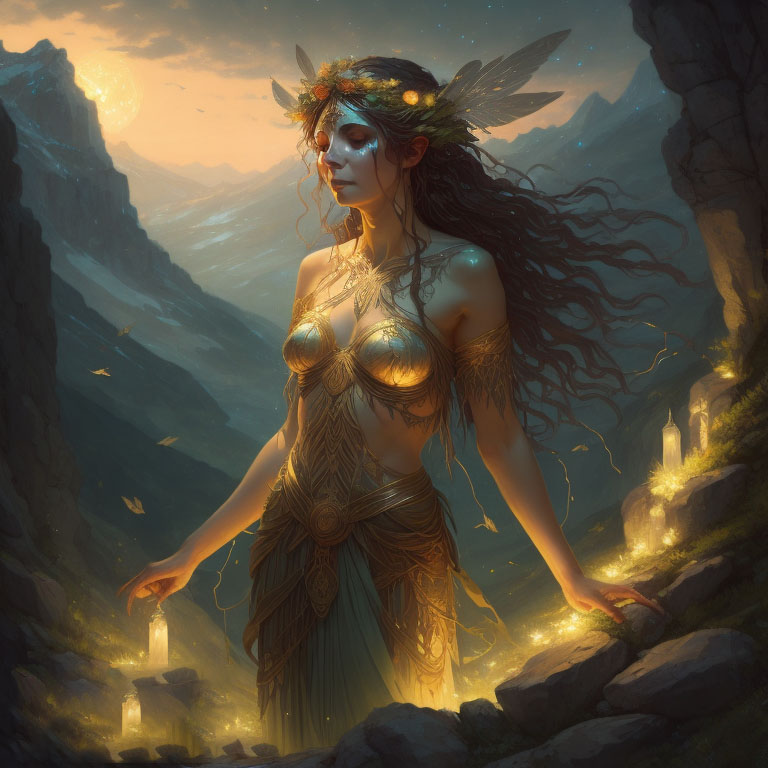
Oreads were nymphs associated with mountains, hills, gorges, and ravines. Their name comes from the Greek word “oros” meaning “mountain.” According to some sources, Oreads were born from the blood of the castrated god Uranus, along with the three original Erinyes, the Meliae, and the Telchines.
However, other sources describe them as the daughters of Zeus or various other gods and titans. There were Oreads associated with specific mountains like Mount Ida or Mount Olympus, while others were linked to mountain ranges like the Alps.
Prominent Oreads in Greek mythology include:
- Oenone – The first wife of Paris who was abandoned by him for Helen. She later refused to heal his wound caused by an arrow from Philoctetes.
- Echo – A talkative nymph cursed by Hera to only repeat others’ words. She pined away for the narcissist Narcissus.
- Salmacis – Her lustful wish to unite forever with Hermaphroditus was granted, merging their bodies into one being.
- Nomia – She blinded the unfaithful shepherd Daphnis in revenge for betraying her love.
- Britomartis – She escaped King Minos by diving into the sea and became a goddess of fishing nets.
Oreads were worshipped as the protectors and benefactors of mountains and all they contained. They brought rains to nourish crops and keep mountain streams flowing.
People also associated Oreads with caves and believed they could deliver oracles. As spirits embodying the mountains, Oreads were seen as wild and free.
But they could also be vengeful against mortals who showed hubris or did not properly revere nature.
Mountain Nymphs in Nature
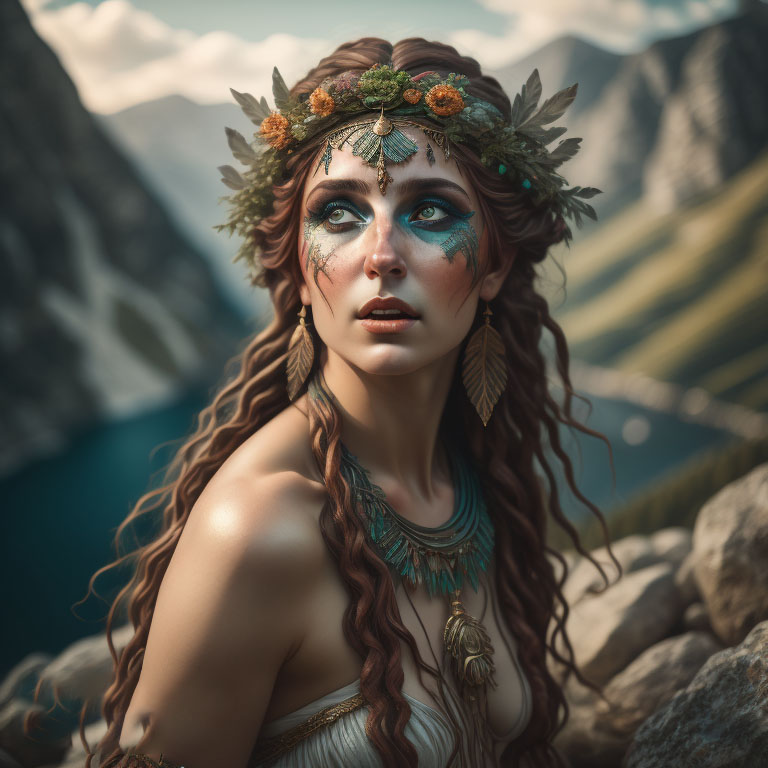
In nature, the term “nymph” is used for the immature form or life stage of insects, amphibians, and other invertebrates.
The nymphal stage follows hatching from the egg and precedes adulthood. For example, juvenile mayflies, stoneflies, and caddisflies that live in streams and rivers are referred to as nymphs rather than larvae.
Nymphs of aquatic insects like these have special adaptations that allow them to survive in mountain streams, waterfalls, and alpine zones.
They possess gills, flattened bodies, and clawed limbs to cling to rocky substrates. Although small, the nymphs play a key role in mountain river and lake ecosystems as food sources for fish and other predators.
However, they face threats from climate change, pollution, invasive species, and habitat degradation. Protecting mountain nymphs means protecting essential freshwater habitats.
Mountain Nymphs in Culture
The Oreads and other mountain nymphs have influenced European art, poetry, and folklore for centuries. In medieval myths, legends of fairies, dwarves, and gnomes overlapping with ancient Greek mountain nymphs.
Mountain nymphs took on connotations of danger, mystery, and the wildness of untamed nature. They inspired 19th century artists, musicians, and writers of the Romantic era with yearnings to find truth in wilderness and solitude.
Modern advertisers leverage images of mountain nymphs to symbolize natural purity, vigor, and freedom.
Some environmentally conscious brands aim to associate their products with pristine alpine habitats, like those once home to Oreads.
Across the arts and popular culture, these alluring spirits of the mountains continue to kindle the human imagination.
Frequently Asked Questions about Nymphs
What powers did nymphs have?
Nymphs had a variety of magical abilities. These included shape-shifting, invisibility, prophetic vision, healing powers, and control over their natural environment. Their abilities varied based on the domain of each type of nymph.
Were nymphs immortal?
Most nymphs were considered immortal. However, some life-nymphs like Dryads could perish if their tree died. Hamadryads had an even stronger bond – they were literally joined to their tree, so if it perished, they did as well.
What is another name for mountain nymphs?
Oreads is one common name for the nymphs specifically linked to mountains, hills, grottoes, and ravines. They are also sometimes called oreiades or oreades.
What animals were associated with mountain nymphs?
Common animal associations include goats, deer, wolves, bears, eagles, and predatory birds. These wild mountain creatures were under the protection and patronage of Oreads.
Where did mountain nymphs live?
Mountain nymphs lived in caves, springs, ravines, and high alpine meadows in untamed mountain settings. Though free-spirited, each nymph was bound to her particular mountain haunt.
Conclusion
The alluring and mysterious nymphs held an important place in the myths, culture, and religion of ancient Greece.
While often overlooked compared to powerful Olympian gods, these female nature spirits symbolized humanity’s intimate but sometimes perilous connections to the primal forces of the natural world.
The tales of love, lust, and vengeance involving nymphs like the Oreads of the mountains have fueled imaginations for millennia.
And these spirits continue to represent untamed beauty, freedom, and the call of the wild in the modern collective psyche.
